Holocaust is an original contemporary artwork realized by the Italian artist Gianfranco Ferroni (Livorno, 1927 - Bergamo, 2001) in 1963. Original copper Etching on paper. 173 x 235 mm. II State. Excellent conditions. Holocaust is an etching realized by Ferroni in the Sixties, in the first period of his career. The composition can be chaotic and confusing but in reality it reproduces all the future artistic poetics of the artist. At the center of the composition we can find a table full of objects of various types and sizes: skull-like masks, empty cans, lamps. On the left we see a red head in profile suspended in the void. On the table there is also a classic lamp that contrasts with the rest of the objects. On the background a dripping sink with brushes and other artistic tools. On the table we can see also a shadow, maybe the shadow of the artist that see his studio and hist work table. This work has been realized by the Italian artist Gianfranco Ferroni (Livorno, 1927 - Bergamo, 2001). During the War he moved to Tradate near Varese, where, in the first post-war period, Ferroni lived a troubled period of great solitude that later also marked its production in the early 1960s. In 1946, despite the opposition of the parents, he began attending the Brera Academy of Fine Arts, where he had the opportunity to meet the art critic Franco Passoni and artists such as Dova, Crippa and Meloni. In Milan Ferroni begins to attend a group of young authors who will be the spokespersons of the movement of existential realism for a few years. After the solo show held at the Schettini Gallery in Milan, Bergamini Gallery represented his work between 1956 and 1960. The first etching, Periferia, of which there is only one example, dates back to 1957; it is concentrated on the suburbs of Milan. From this moment on, throughout his life, the chalcographic activity will become fundamental in his experience. In 1958. he participated in the Venice Biennale. That year was for him a year of reflection about the fate of his work. After the last exhibition at the Bergamini Gallery, in 1960 and his presence at the Tokyo Biennale in 1964 and at the 1965 Rome Quadriennale, Ferroni returned to exhibit at the 1968 Venice Biennale where he was assigned a personal room. Once the space has been set up, however, he decides - adhering to the youth riots and protests - to exhibit the paintings facing the wall. From 1968 to 1972 Ferroni lived in Viareggio, in an isolation that heralds another change in his poetics and a new stage of his painting, increasingly focused on the physical and psychological interior of the studio. After 1975 there are some important exhibition events in Ferroni's career, that presents his works in Italy and abroad, garnering great interest from critics and the public. The beginnings of the Eighties are immediately marked, in 1980, by a great anthology in Naples that traces his entire activity from 1958. In the Nineties, every labor suddenly seems to calm down; the objects, constantly protagonists, now float in an aura of magic and suspension. In 2002, a year after his death, the catalog raisonné of the engraved works was published and in 2006, the catalog raisonné of lithographs. In 2007, two anthological exhibitions were inaugurated at Palazzo Reale in Milan and at Palazzo della Ragione in Bergamo.
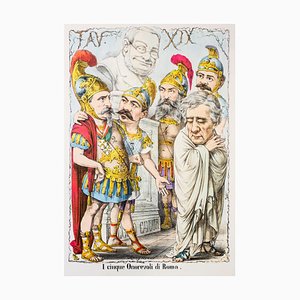
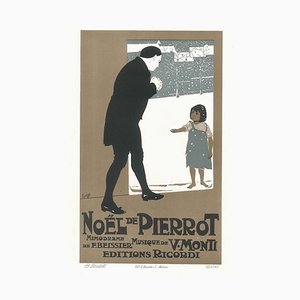
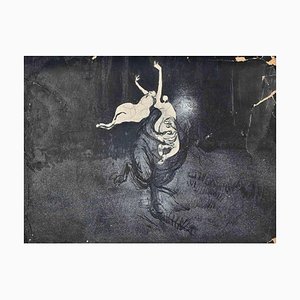
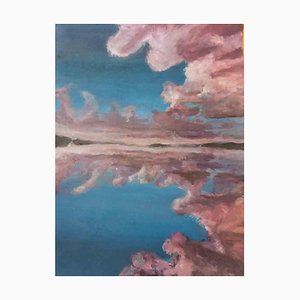
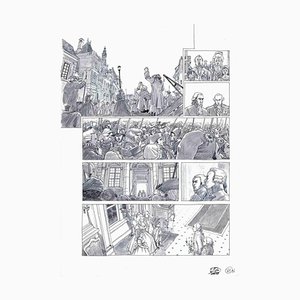
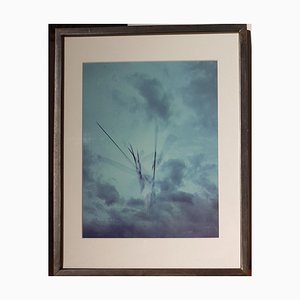


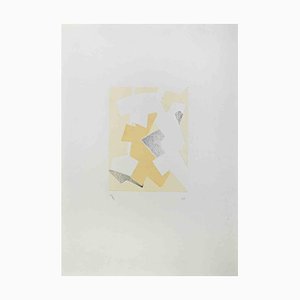
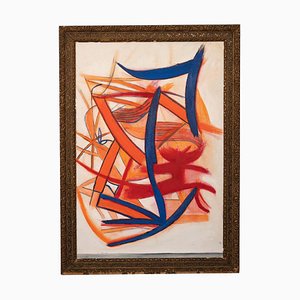
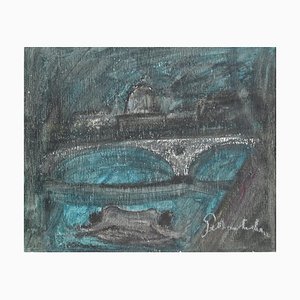
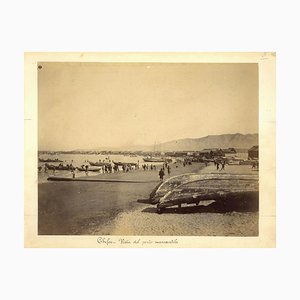
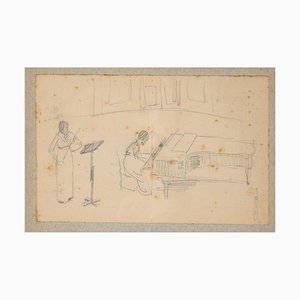
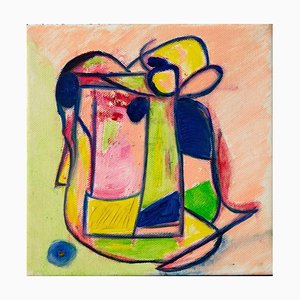
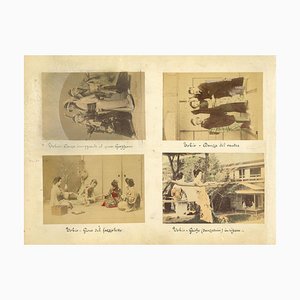
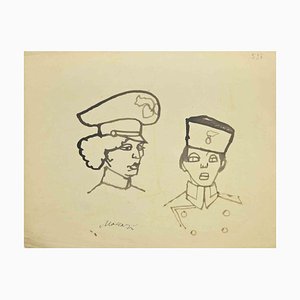
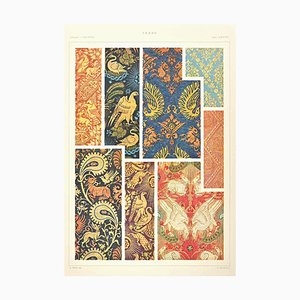

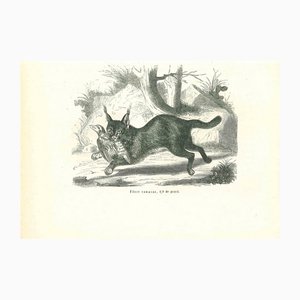

Get in Touch
Make An Offer
We noticed you are new to Pamono!
Please accept the Terms & Conditions and Privacy Policy
Get in Touch
Make An Offer
Almost There!
To follow your conversation on the platform, please complete the registration. To proceed with your offer on the platform, please complete the registration.Successful
Thanks for your inquiry, someone from our team will be in touch shortly
If you are a Design Professional, please apply here to get the benefits of the Pamono Trade Program